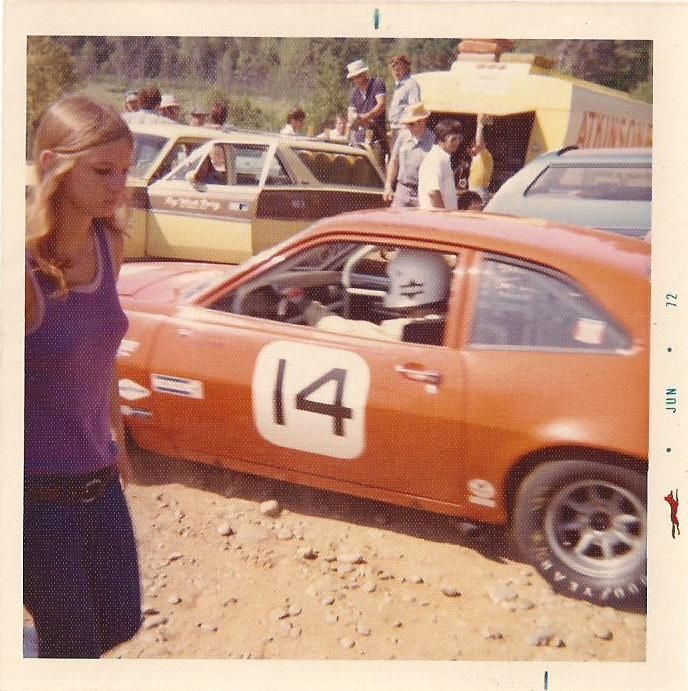I wonder, if perhaps, the 'goofy' chassis (obviously not AMC) forced the homemade headers or if they are 'pre-production' dog leg heads.
klvn8r
I'm not sure I'm following the dog leg head assumption. After blowing up the posted photos, I can't see anything definitive that one can say they are dog legs. There is tremendous speculation when it comes to these vintage AMC's, I hate to see it continually promoted. Can you please clarify?
Thanks,
Bob
Recent information is, including statements from David Tom that Kaplan had a hand in at least the one Nascar Javelin, with his part time driver, Tullius, would very highly suggest that the weird cast iron appearing "boxes" coming out odf the head port is for a dogleg exhaust. Apart from whatever Kaplan used for headers on the '69 TA cars(any close-up shots of the then used headers?), he did develop the dogleg ports, I believe, in conjunction with AMC's engine designer ( at this time a consultant or part-time employee?), Dave Potter, for the '69 season. It's reasonable to put together the reasons why, aside from sealing concerns in long, flat-out roundy-round races that:
1) there were several off-the-shelf headers available in '69 for regular production-based rectangular port heads (and had been since at least 1967) rendering hybrid headers as completely unnecessary if the ports were rectangular
2) whereas the Hurst developed 305 c.i. Paschal Javelin may or may not have had Kaplan's help or influence, there is no suggestion that the 5.0 liter engine would have used the Crane developed SS/AMX heads that were rectangular port with oversize 2.08/1.74 valves even though the Nascar engines were based on the large bore (but not as large as the 390, on which the Crane heads were mounted with a nominal .080 larger bore) 343 block
3) the dogleg heads were homologated for TA, and more important, by the AMA
4) see #1 Kaplan did take a part in the build of at least one
The above is based on more researchhaving commenced since this thread started and are talking points until I can gather up the disparate bits of information gleaned from various sources and the photographic evidence.
Steve





